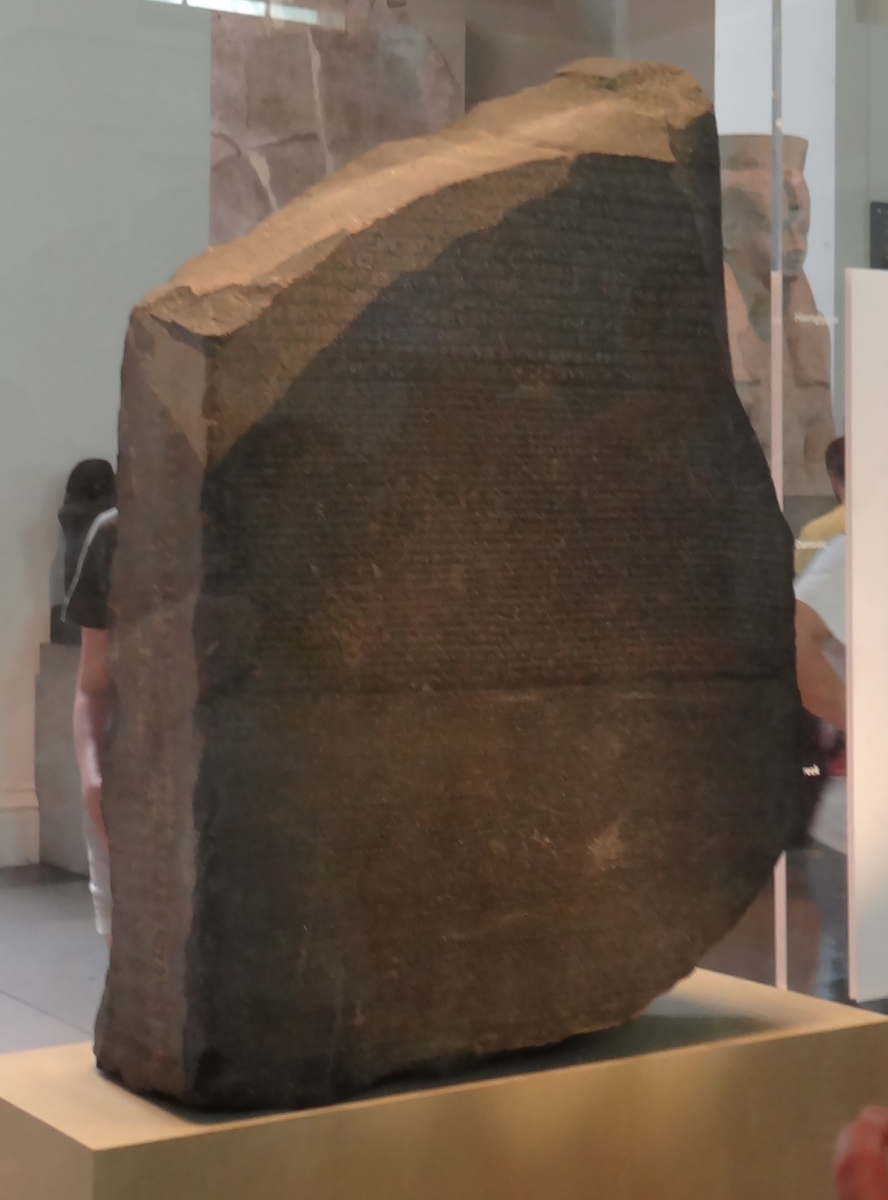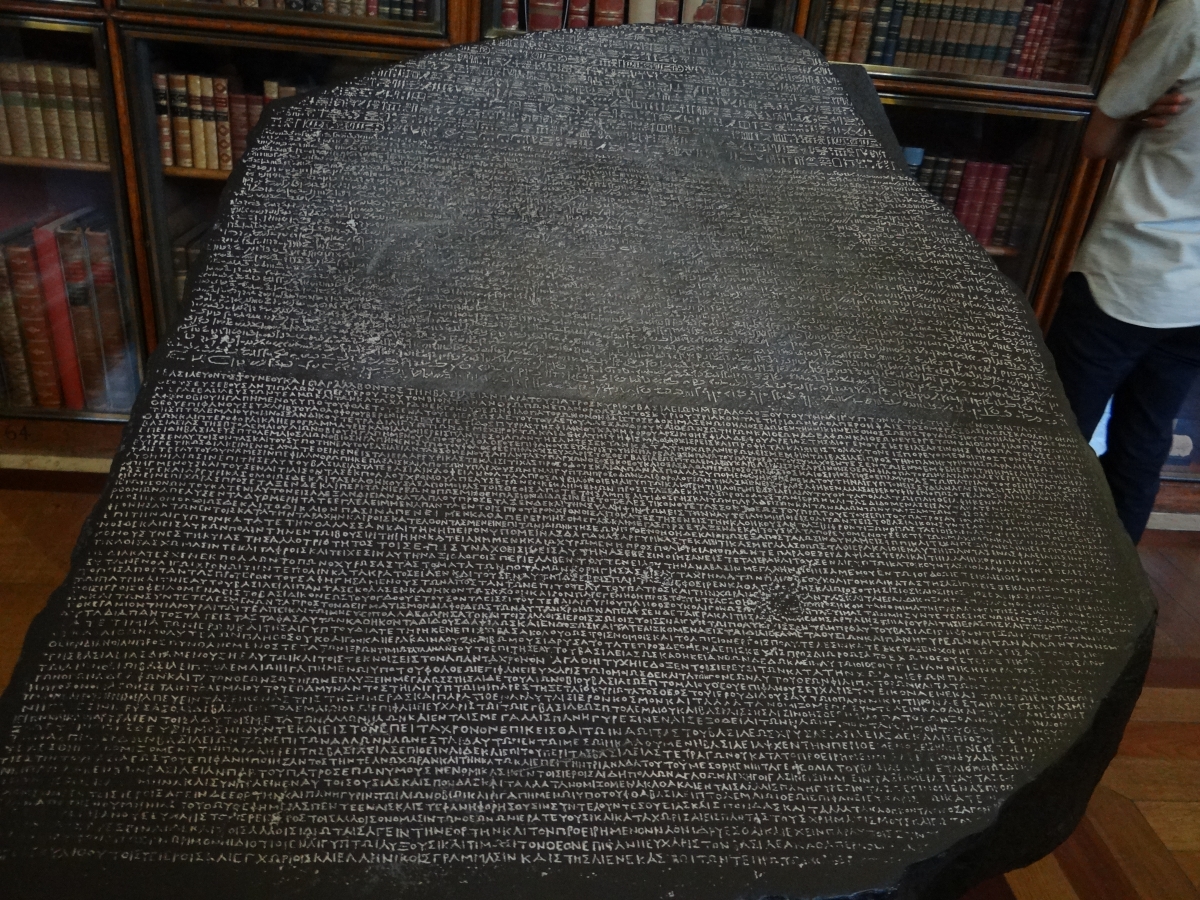An Ancient Egyptian Mathematical Photo Album: Samples of Numeral Hieroglyphs by Location – British Museum
The British Museum is home to two very important objects dealing with ancient Egypt—the Rosetta Stone and the Rhind Mathematical Papyrus. We will discuss each of these briefly, before showing photos of other hieroglyph numerals in the museum from the stela of Merymose.
Rosetta Stone
The Rosetta Stone was an important key to unlocking the decipherment of ancient Egyptian hieroglyphs. It was discovered during Napoleon’s 1798–1801 expedition to Egypt. The stela had an inscription given in three scripts: hieroglyphic, demotic, and Greek. With the defeat of the French by the British in the military campaign in Egypt, the Rosetta Stone became a spoil of war and was placed in the British Museum. The text is a royal decree and contains a few dates, however much of the hieroglyphic script of the royal decree is missing. The British Museum also has a replica which can be touched and is easier to search for numerals.
Figure 24. The Rosetta Stone (196 BCE) on display in the British Museum in London.

Figure 25. (Top) A close-up of the hieroglyphic script on the Rosetta Stone (196 BCE).
(Bottom) The touchable replica in the British Museum.
Rhind Mathematical Papyrus
There are many papyri at the British Museum which were acquired from the collection of the Scotsman Alexander Henry Rhind (1833–1863). The one labeled as the Rhind Mathematical Papyrus (1650 BCE) is one of the major sources of knowledge of Egyptian mathematics. Although the writing is hieratic and not hieroglyphic, we would be remiss not to mention this important artifact. The Rhind Mathematical Papyrus is not currently on display at the British Museum, but one can request permission in advance to view it. (The British Museum study rooms were closed during the COVID-19 pandemic.) More information can be found on the website of the British Museum. One can also view several images of each side of the Rhind Mathematical Papyrus (Objects EA10057 and EA10058) in the British Museum Collections. The author was not allowed to take her camera into the locked storage room when she viewed the Rhind Mathematical Papyrus in 2018.
The Stela of Merymose’s Campaign Against the Nubians
The British Museum has an extensive Egyptian collection, and one can hunt for hieroglyph numerals on the various sarcophagi, stelae, and statues. A stela that is abounding in hieroglyph numerals is the one that outlines the campaign of Merymose against the Nubians during the reign of Amenhotep III in the 18th Dynasty . Figure 26 shows the entire stela. The photos in Figure 27 display a sample of the numerals which appear.
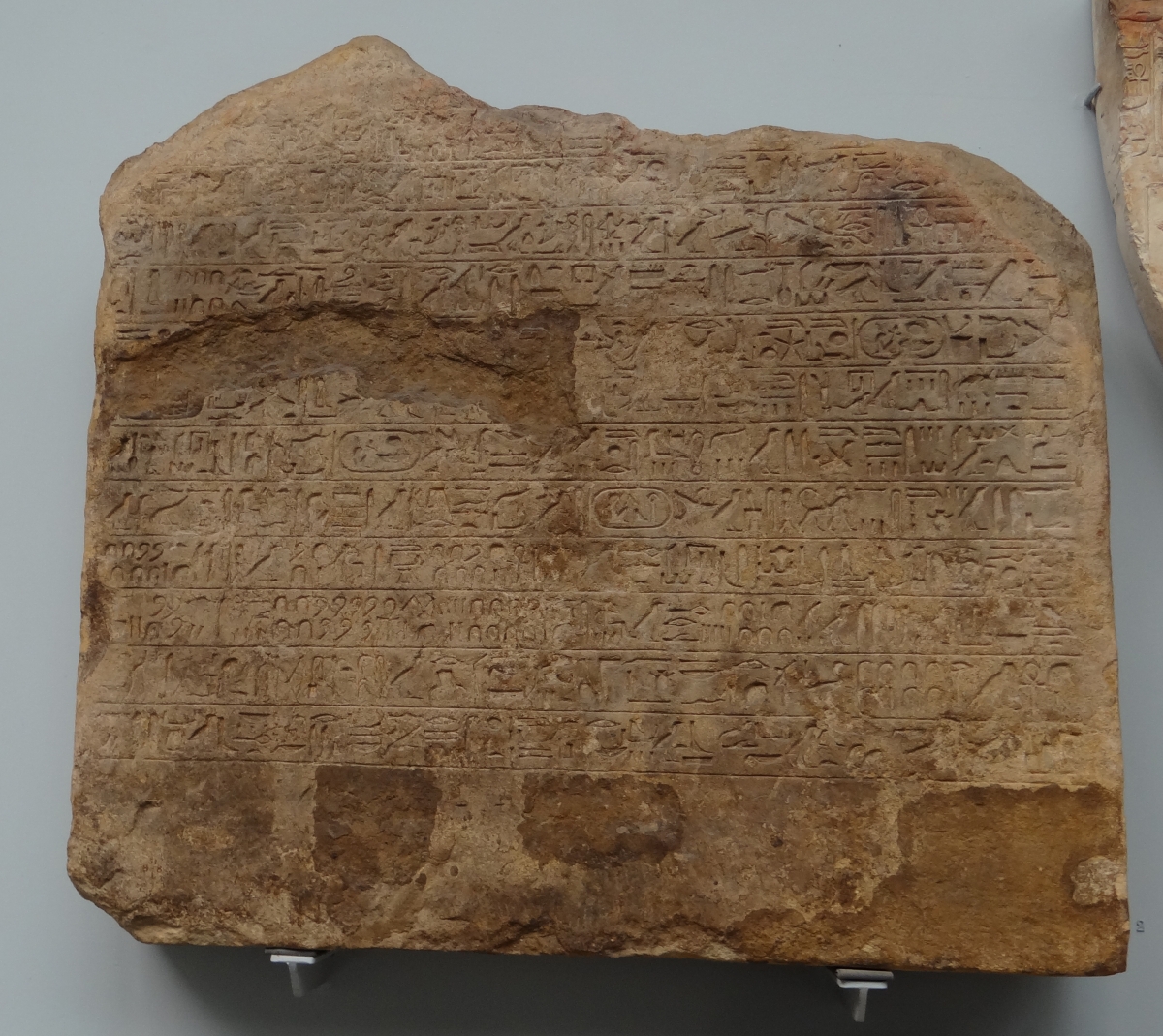
Figure 26. The Merymose stela (ca 1380 BCE) in the British Museum.
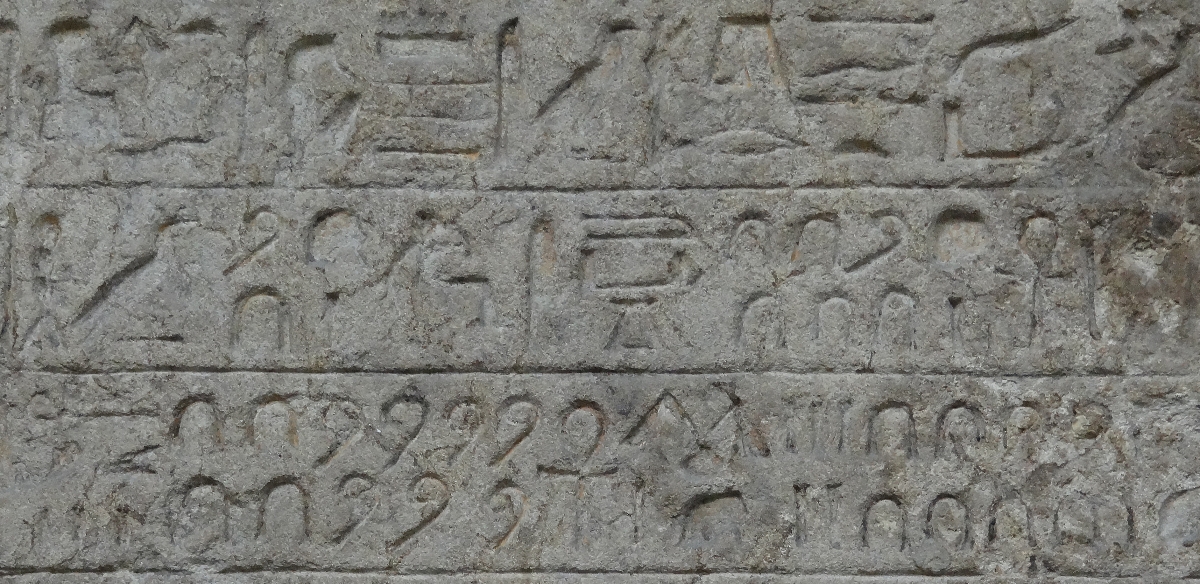
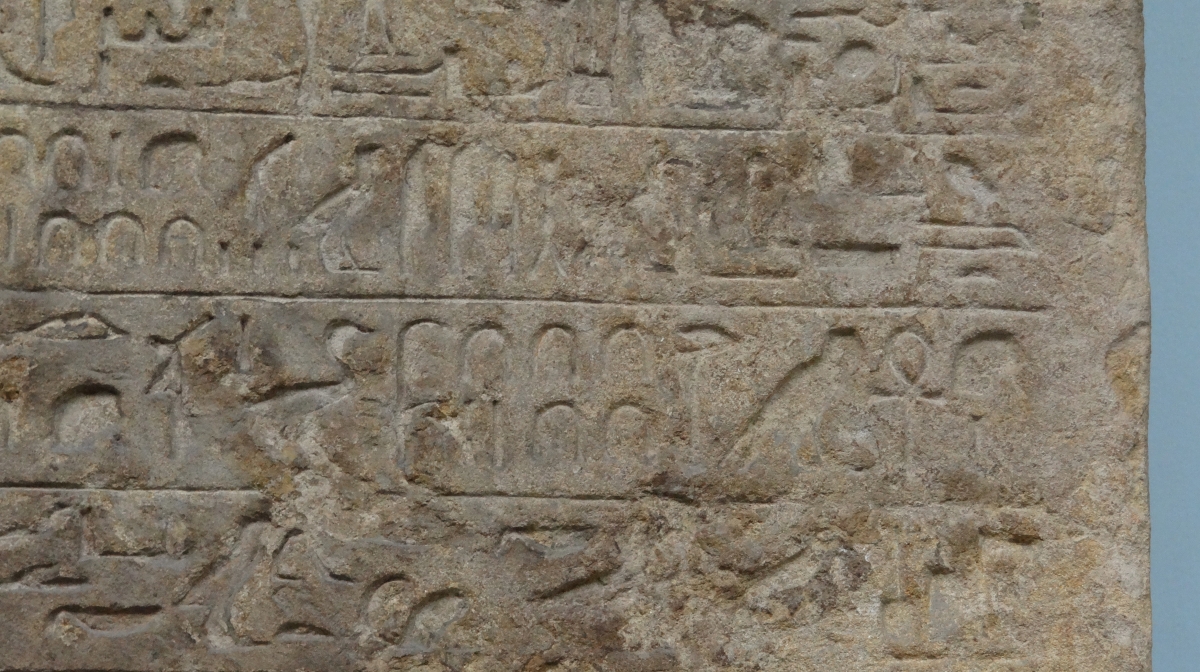
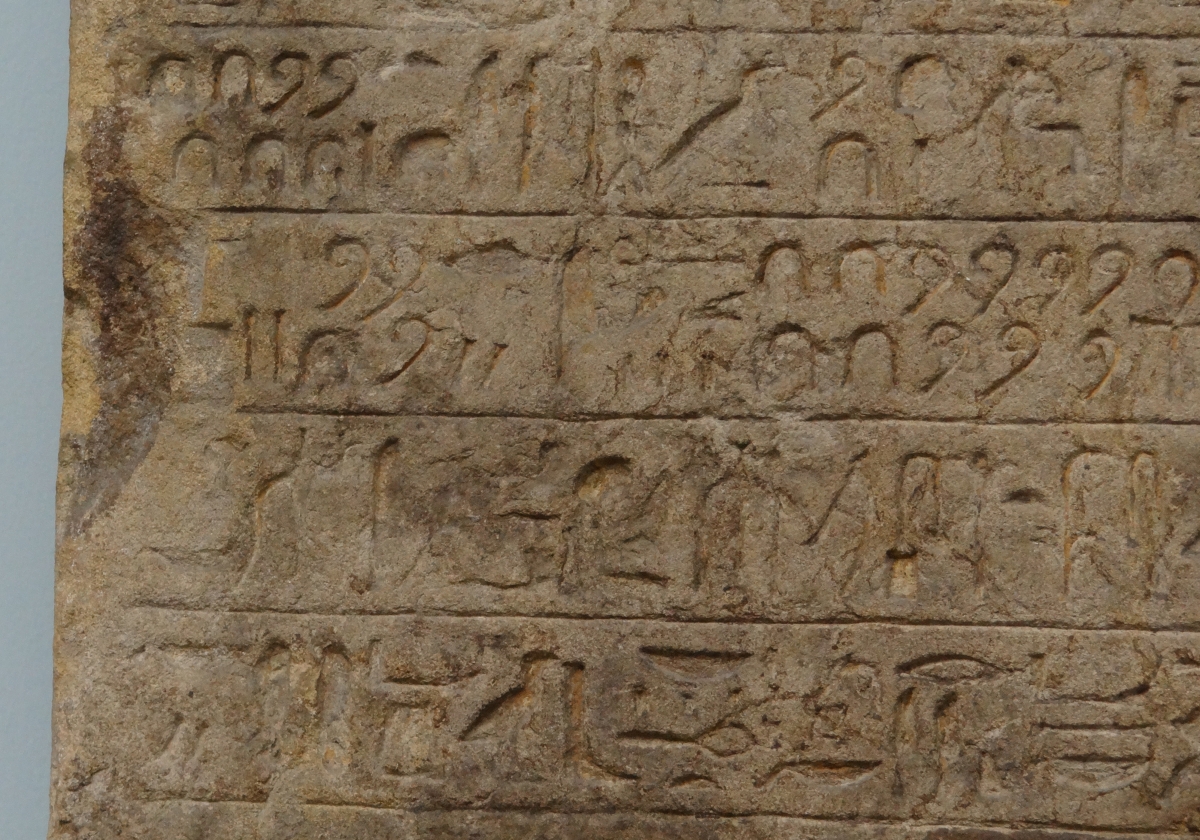
Figure 27. Close-ups of the Merymose stela (ca 1380 BCE, British Museum) showing hieroglyph numerals.
